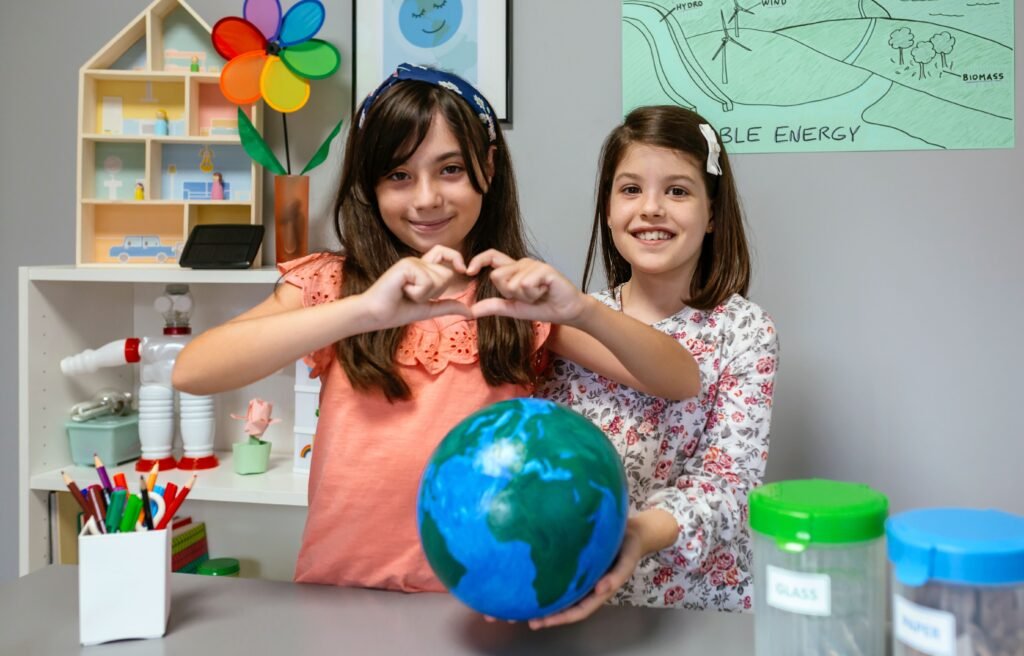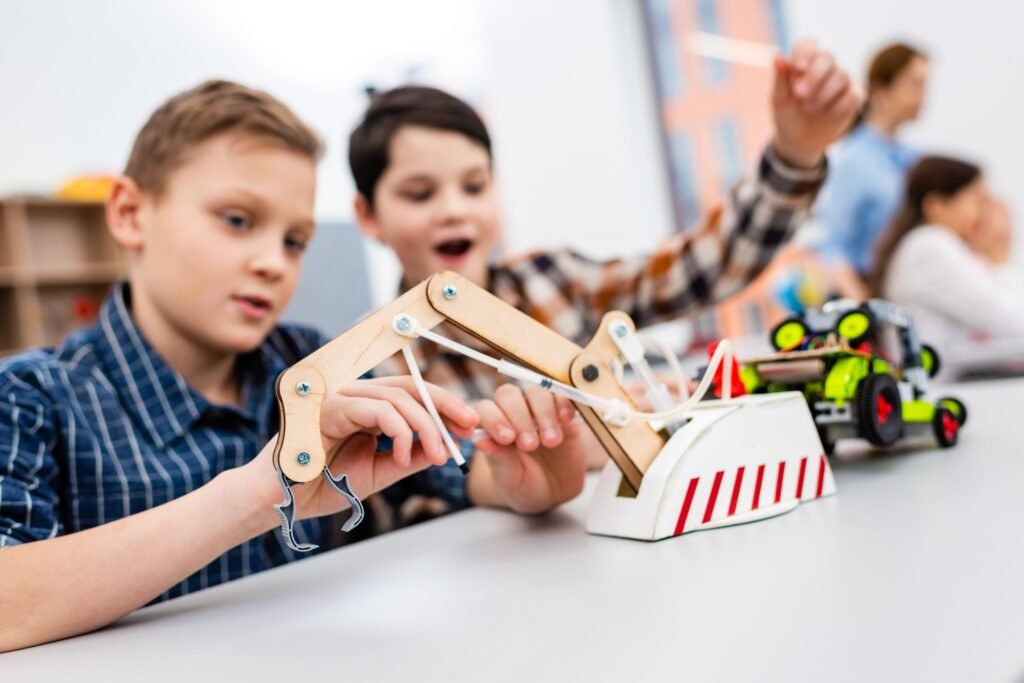In an era where students are bombarded by screens and constant stimulation, the true magic of learning happens when they’re active participants rather than passive observers. Interactive teaching turns your classroom into a dynamic workshop: students think critically, collaborate creatively, and retain knowledge more effectively. These 20 strategies span individual reflection, peer-to-peer sharing, team-based challenges, and game-like exercises—offering practical ways to spark curiosity, foster communication, and deepen understanding in any subject.
Individual Engagement
1. Exit Reflections
At the end of class, hand out quick prompts—“What’s one thing you learned today?” or “Which question remains unanswered?”—and give students one minute to write a response. Review these notes to pinpoint misunderstandings and tailor the next lesson.
2. Misconception Busters
Present a deliberately false statement related to recent content (e.g., “Gravity pulls objects upward”). Ask students to identify the error and explain the correct concept. This challenges them to critically evaluate information and dispels lingering confusion.
3. Question Circles
Distribute a list of topic-specific questions and have students circle the ones they can’t yet answer. Then create “learning corners” around the room where they rotate to explore resources or mini-lessons that address each question.
4. Ask the Expert
After presenting a problem on the board, students who solve it correctly raise their hands and become “experts.” Their classmates then consult them in small clusters, reinforcing peer teaching and building confidence for the next challenge.
Partner Power
5. Think–Pair–Share Plus
Pose a thought-provoking question, allow private reflection, then pair students. After sharing their ideas, have them swap partners and pass along insights, ensuring fresh perspectives and continued dialogue.
6. Role Reversal Review
Pair students and assign one as “teacher” who summarizes the previous lesson’s key points. The “learner” checks off covered items and adds any gaps. This mutual feedback hones both presentation and listening skills.
7. Shared Reflections
Following an individual brainstorming session, students pair up to compare their work. Invite volunteers to highlight a partner’s idea to the class, celebrating collaborative discovery and giving quieter students a platform.
8. Opposite Debate
Challenge each pair to argue the reverse of their genuine opinion on a topic. This pushes them to understand alternative viewpoints, sharpening empathy and critical thinking—essential skills in any subject.
9. Optimist vs. Pessimist
Give pairs a case study—such as a failed historical expedition—and assign roles: one student finds silver linings, the other underscores risks. This creative tension drives deeper analysis and emotional engagement.
10. Peer-Review Workshop
Have writing assignments exchanged between partners. Each reviewer writes a three-part critique: strengths, areas for improvement, and suggested revision focus. This structured feedback elevates writing and analytical skills.
Collaborative Exploration
11. Station Rotations
Set up multiple “boards” or digital pads around the room, each with a different question or task. Small groups visit each station in turn, adding their ideas beneath previous entries. This layered brainstorming builds collective insight.
12. Pick-the-Best Challenge
Groups solve the same problem independently, then swap answers with a neighboring team. Merged groups discuss both solutions and agree on the strongest approach, fostering evaluation and consensus-building.
13. Film Critique Forums
In small teams, students identify a documentary or relevant movie clip, then analyze one aspect done well and one misrepresented. Tying real-world media to curriculum cements concepts in an engaging format.
Game-Based Learning
14. Crossword Reinforcement
Create crosswords from key vocabulary or concepts. Solving these puzzles helps students consolidate terminology and definitions in a playful, low-pressure way.
15. Academic Scrabble
Use course terms as your letter bank—students form as many subject-related words as possible within a time limit. This reinforces vocabulary and invites friendly competition.
16. “Who Am I?” Inquiry
Tape a character, concept, or term to each student’s forehead. They circulate, asking only yes/no questions to guess their identity. This lively icebreaker reviews essential content with movement and humor.
17. Concept Bingo
Design bingo cards featuring vocabulary, dates, or formulas. Call out clues and have students mark the matching square. This familiar game adapts readily to history facts, science terms, or literary devices.
18. Digital Jigsaw Puzzles
Leverage online tools to break diagrams or texts into interactive jigsaw pieces. Teams race to assemble each section correctly—ideal for mapping geography, anatomy charts, or plot structures.
19. Memory Match-Up
Create cards that pair concepts with definitions, images with terms, or problems with solutions. Students take turns flipping two cards, scoring points for correct matches. This reinforces recall through repetition and strategy.
20. Quiz Show Quickfire
Host a fast-paced, game-show–style quiz with buzzers or digital apps. Divide the class into teams, rotate through rounds of multiple-choice or short-answer questions, and keep energy high with timed challenges and team scoring.
Interactive teaching moves learning beyond lectures and worksheets into discovery, dialogue, and delight. By weaving these activities into your lessons, you’ll invite every student to speak up, think deeply, and stay invested. The result? A classroom alive with curiosity, collaboration, and lasting understanding—proof that engagement truly begins with the teacher’s spark.









